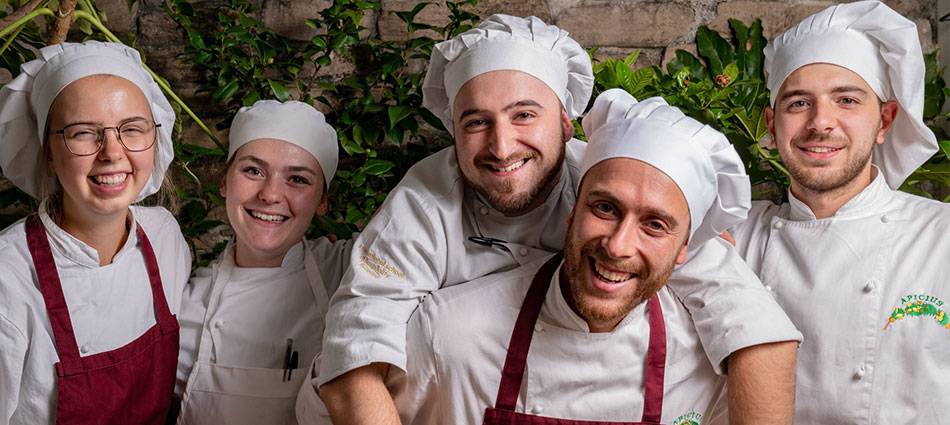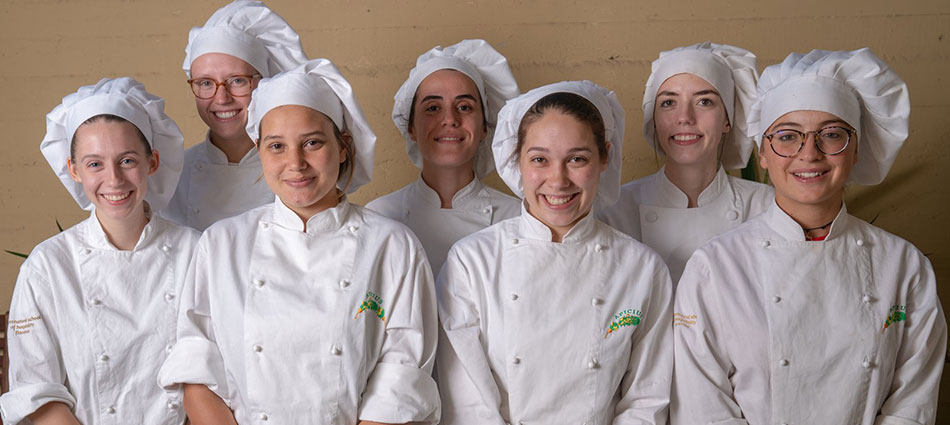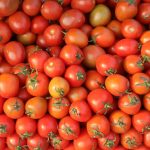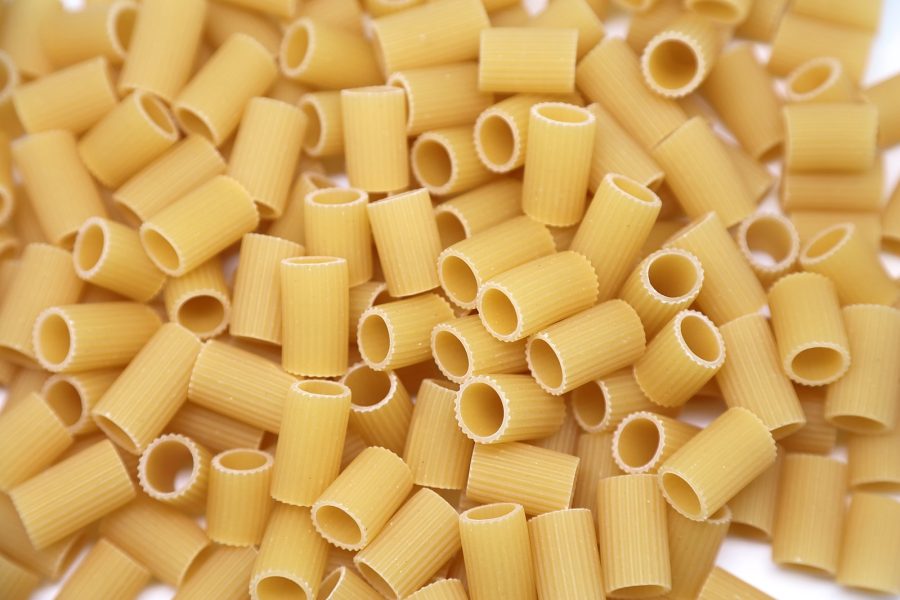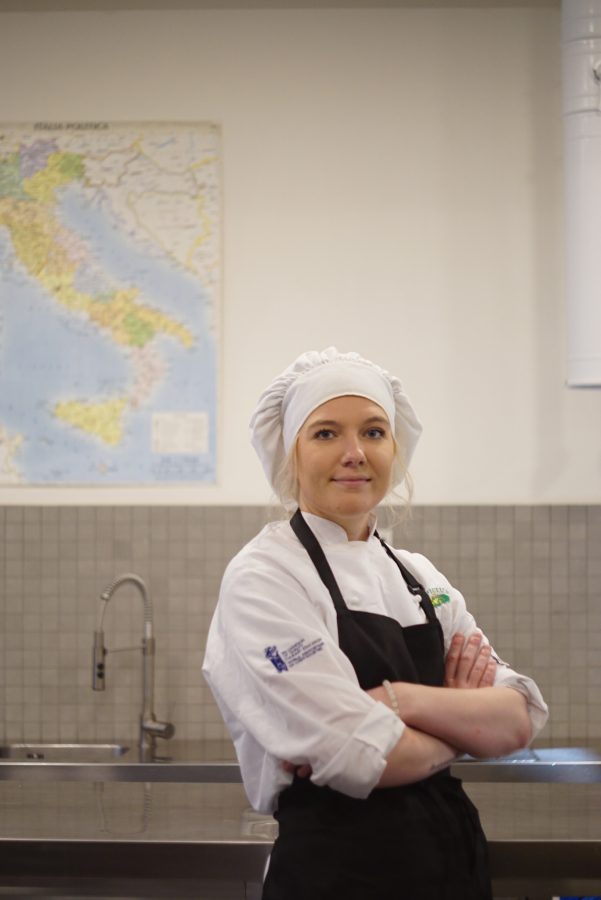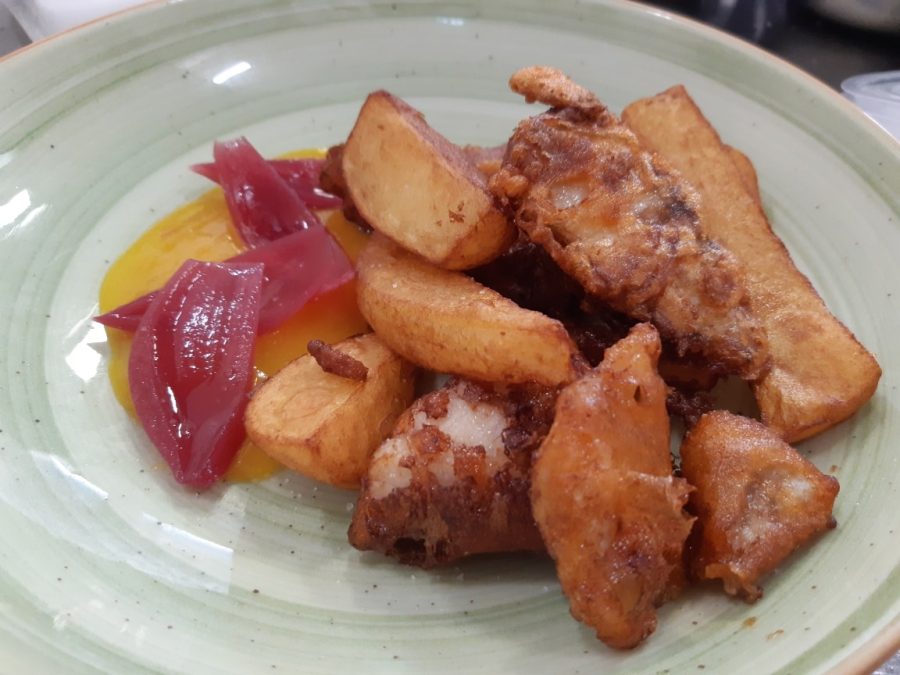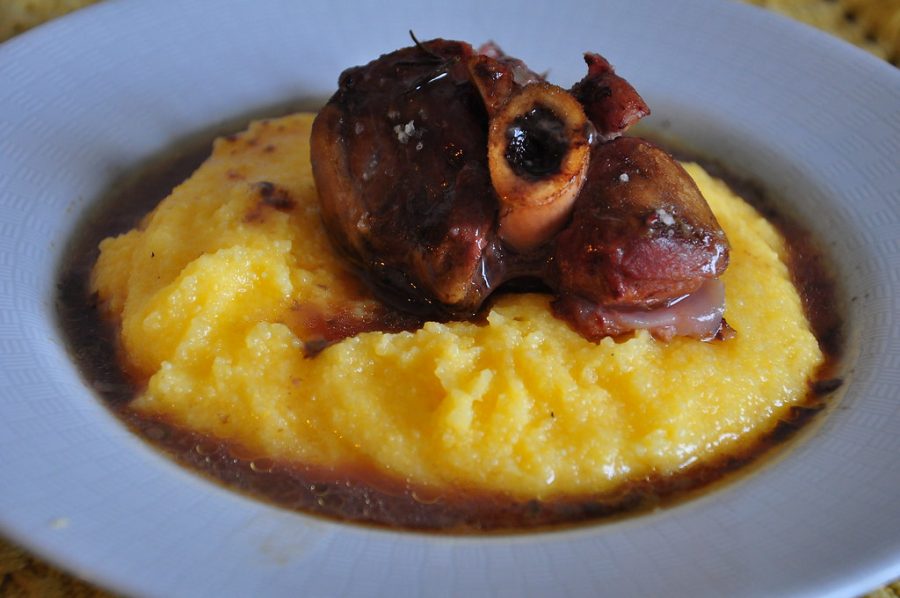How a foreign fruit became a must-have for cooking
written by Jayden Setzer, Reese Kantrowitz, Camryn Brown, Trinity Burnett & Olivia Mahaz
History of the Tomato
Against what many would think, the tomato did not originate in Italy. The fruit originated in South America in what is now known as Peru, Ecuador, and northern Chile — with its introduction coming around the 16th century, by Spanish conquistadors. As for Italy, the first recorded mention of tomatoes was in Tuscany in 1548, but it is likely to be said that tomatoes first made their entrance through the kingdom of Naples around the 16th century. Tomatoes were originally a golden yellow color, and then over time transformed; this is why the Italians call them “pomo d’oro.” In the 16th century, Europeans were scared of tomatoes because of their texture and how they were cold and wet. Around the 17th century, this changed with the love story between pasta and tomatoes. Tomatoes are now known worldwide, and the Italians made it the amazing ingredient it is. The discovery of different tomato varieties, such as San Marzano, Pachino, and Datterino, makes the Italian gastronomy better, offering a range of unique flavors and textures. Today, Italians now use tomatoes as essential ingredients in many dishes, sauces, and salads. The tomatoes are used around the world in different cultures and different ways, and it’s so fascinating to see that it all started with such a simple plant.
Regional Uses of Tomato in Italian Cuisine
In Italian cuisine, tomatoes are used everywhere, but in different ways between each region. There is a wide variety of ways to prepare tomatoes depending on the region one resides in. Variables like humidity, soil type, temperature, and precipitation are extremely influential and affect each tomato’s growth; for this reason, each tomato’s prime climate is specific to its growth region. In each region, tomatoes with different flavors, sizes, colors, and shapes are grown. Because of these varietal characteristics, each region typically prepares tomatoes in ways that suit their tomatoes’ flavors best. For example, San Marzano tomatoes are grown in Campania. They are oblong, bright red, and juicy with thick skin. In Campania, these tomatoes are used in pizza sauces and ragu. A tomato with very different qualities from the San Marzano is the Pomodori di Pachino. The Pachino is grown in Sicily and includes mini plum, plum, and cherry tomato varieties. The tomato’s sweet flavor works well on salads and when sundried — which can later be used in Sicilian pestos and on bruschetta. Different types of tomatoes and preparations vary across each Italian region. Certain tomatoes in Puglia are paired with cheese, honey, and artisan bread or used in passata. Tomatoes in Tuscany are used in panzanella, tomato-bread soups, and salads, among others.
Tomato-Based Preparation Techniques
Understanding how to prepare tomatoes is key to highlighting its rich flavor and natural balance of acidity and sweetness. Preparation techniques such as peeling, seeding, roasting, slow simmering, and making tomato paste are essential for maximizing the use of the tomato. According to a Roger’s Garden article, each method involves specific steps to bring out the best qualities in tomatoes. Peeling starts with blanching tomatoes by putting them in boiling water for about 30 seconds, then cooling them with ice water. After that, an “X” cut is then made on the stem end, making it easy to peel the skin with a paring knife. Seeding involves cutting the tomato horizontally, squeezing out the seeds over a strainer, and scooping out the remaining pulp. Roasting caramelizes natural sugars, intensifying its flavor, while a slow simmer cooks tomato-based sauces for an hour or more to deepen flavors and thicken sauces. Finally, making tomato paste takes these flavors further, enhancing the taste and color of dishes. Mastering these techniques allows for exploring their use in different cuisines.
Tomatoes in Modern Italian Cuisine and Culture
In modern Italian cuisine, tomatoes are a staple ingredient in both households and restaurants. They serve as the foundation for many beloved Italian dishes. For example, a popular antipasto is Bruschetta al Pomodoro, which features fresh tomatoes on toasted bread. Tomato-based sauces are frequently used for pizzas and pasta dishes, such as marinara and pomodoro sauce. Another notable sauce is Pesto Rosso, which incorporates sun-dried tomatoes.
Italy holds a significant position in global tomato agriculture, being one of the largest producers of tomatoes for processing. This production is concentrated mainly in two regions: around 35% comes from Emilia-Romagna, and about 32% from Apulia. According to a report by the Ismea research institute published in December 2022, Italy ranked as the world’s third-largest producer of tomatoes for processing. In 2024, Italy maintained this third-place ranking, processing 5.3 million tonnes of tomatoes for industrial use. Of the tomato preserves produced in Italy, 60% is exported to other European countries.
Tomatoes may not have come from Italy, but they are now a strong symbol of its cuisine. At first, people were skeptical of this fruit, which was once strange. Now, it defines regional dishes, seasonal rituals, and ordinary meals. Each type of tomato, from the sweet Pachino from Sicily to the strong San Marzano from Campania, has its own story of place and pride. Tomatoes are a great example of the Italian way of cooking: they use simple ingredients to make food that tastes great. You may eat them raw, roasted, or in rich sauces that take a long time to cook. Their path from a garden decoration to a kitchen staple highlights how food changes over time, just like culture does, and how something foreign may become family over time.
